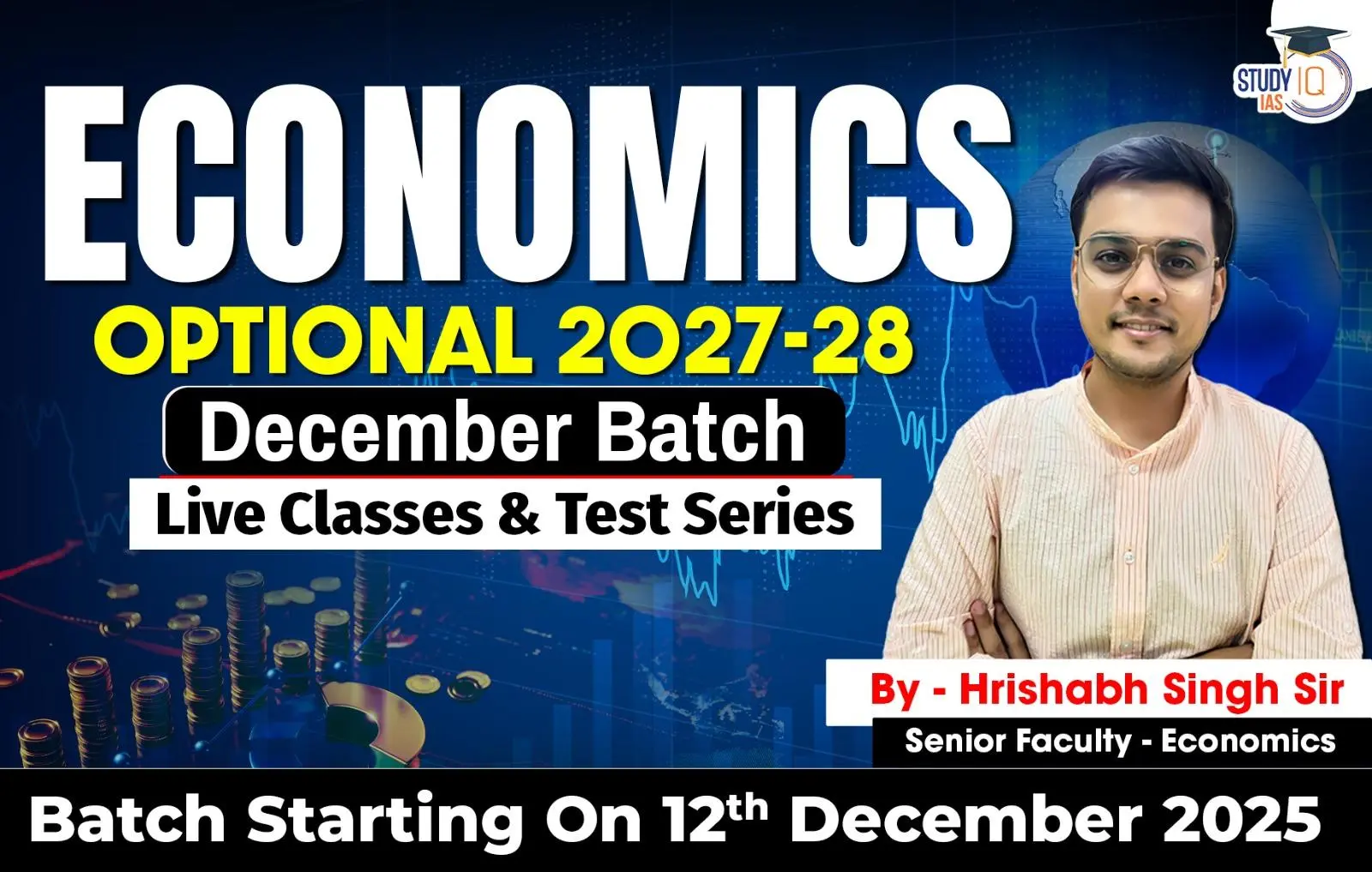Table of Contents
Global trade, once the engine of globalisation and prosperity, is now navigating its most turbulent phase since the creation of the WTO (World Trade Organization) in 1995. The very nations that once upheld free trade — the United States (US), European Union (EU), and China — have turned into disruptors, using trade, energy, and technology as tools of strategic power.
This shift marks the dawn of a new era — one of geo-economic rivalry, supply chain fragmentation, and the weaponisation of global interdependence.
Globalisation in Reverse: From Cooperation to Confrontation
For nearly three decades, the WTO-based trade system ensured predictable market access, tariff reductions, and global production networks.
But today, globalisation is running in reverse:
-
The US uses tariffs and sanctions for political leverage.
-
The EU employs environmental and climate rules as non-tariff barriers.
-
China exploits its industrial dominance and resource control for strategic influence.
The result is a world divided into competing economic blocs, each seeking strategic autonomy rather than open trade.
United States: From Free Trade to Economic Weaponisation
Once the global leader of free markets, the US now practices economic nationalism.
1. Tariffs and Sanctions as Political Tools
-
Under President Trump’s “Liberation Day Tariffs (2025)”, sweeping import duties were imposed on steel, aluminium, and electronics, violating WTO norms.
-
Impact: India’s exports to the US plunged by 37% between May and September 2025.
2. Energy as a Strategic Lever
-
The US has pushed its allies to replace Russian crude with US shale oil, securing long-term contracts.
-
The EU pledged $250 billion annually for US energy imports.
-
Meanwhile, India faced penalties for importing discounted Russian crude despite its energy needs.
Takeaway: The US is leveraging market access and energy exports to consolidate geopolitical influence — transforming economic policy into a foreign policy weapon.
European Union: Green Protectionism Behind a Climate Cloak
The EU’s climate regulations, though framed as sustainability measures, are functioning as barriers to imports from developing countries.
1. Carbon Border Adjustment Mechanism (CBAM)
-
Effective 2026, CBAM taxes imports with high carbon emissions (steel, aluminium, cement).
-
Expected to generate billions in EU revenue without proportionate climate benefits.
-
Impact: India’s steel and aluminium exports to the EU dropped 24% in FY2025 even before CBAM enforcement.
2. EU Deforestation Regulation (EUDR)
-
Restricts imports of coffee, palm oil, leather, and timber unless proven “deforestation-free post-2020.”
-
Likely expansion to agricultural and industrial imports by 2035.
Takeaway: The EU is practising “green protectionism” — a strategy that threatens export-driven growth in emerging economies like India.
China: Supply Chain Dominance and Resource Weaponisation
China has turned its industrial overcapacity and resource control into strategic leverage.
1. Industrial Overproduction
-
Produces over 50 million vehicles annually, meeting 55% of global demand.
-
Dominates production of solar cells, semiconductors, and pharmaceutical APIs.
-
Flooding of subsidised exports has hurt industries in the US, EU, and India.
2. Rare Earths Monopoly
-
Controls ~70% of global rare earth refining, critical for defence and green technologies.
-
In October 2025, Beijing restricted rare earth exports, prompting a 100% US tariff retaliation.
Takeaway: China’s control of supply chains and critical minerals gives it enormous geopolitical leverage, pushing nations to diversify production networks.
The Collapse of Rules-Based Trade Order
The combined impact of these shifts is a fractured global trade system:
-
WTO dispute mechanisms are ignored or bypassed.
-
Tariffs, green standards, and export bans are strategic weapons.
-
Global supply chains are splitting into rival blocs —
-
US-led West
-
China-led Eurasia
-
Global South seeking autonomy.
-
The result is a VUCA world — Volatile, Uncertain, Complex, and Ambiguous — where trade serves power, not prosperity.
Challenges for India in the New Trade Landscape
India, as an emerging economic power, faces multiple headwinds in this turbulent environment:
-
Export Barriers: Falling exports to the US and EU due to tariffs and climate compliance burdens.
-
Energy Vulnerability: Over 85% crude oil import dependency and US pressure on Russian oil purchases.
-
Dependence on China: Imports worth $100+ billion annually — mainly machinery, APIs, and electronics.
-
Regulatory Asymmetry: Western labour and environmental standards hurt India’s MSMEs and exporters.
-
Technology Gap: Limited domestic capacity in semiconductors, high-end manufacturing, and EV batteries.
India’s Strategic Way Forward
1. Strengthen Domestic Manufacturing
-
Focus on electronics, defence, semiconductors, and renewable energy.
-
Attract global anchor investors like Apple, Foxconn, Suzuki.
-
Reduce production costs (power, logistics, credit) — currently 25% higher than China.
2. Safeguard Strategic Autonomy
-
Avoid imbalanced Free Trade Agreements (FTAs).
-
Balance ties with US, EU, China, Russia, and Gulf economies for energy and trade diversification.
3. Secure and Diversify Supply Chains
-
Collaborate with Australia, Japan, France for critical mineral sourcing and technology partnerships.
-
Build strategic reserves and promote Atmanirbhar Bharat for long-term self-reliance.
Conclusion: The Road Ahead
The turbulence in global trade marks a decisive end to the post-WTO era of liberalisation.
Economic interdependence is no longer a guarantee of peace — it is a new battlefield of power politics.
For India, the challenge lies in adapting to this new geo-economic reality — by:
-
Strengthening domestic industry,
-
Maintaining diplomatic balance, and
-
Building resilient supply chains.
Only then can India emerge as a trusted trading power in a world where trade is no longer free — it’s strategic.

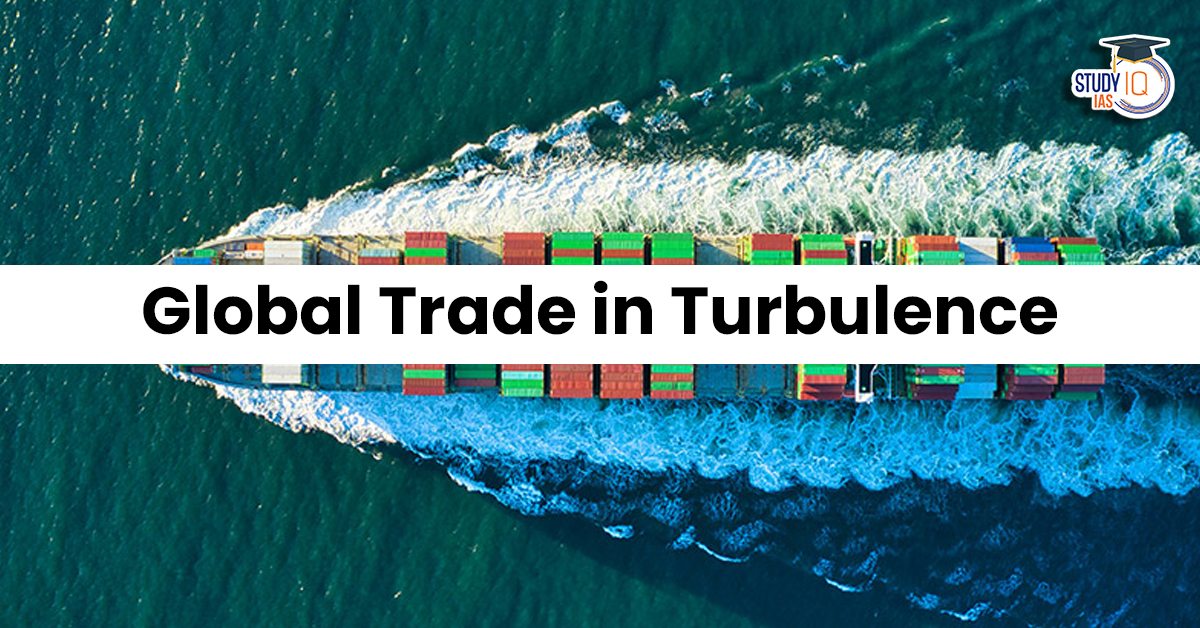
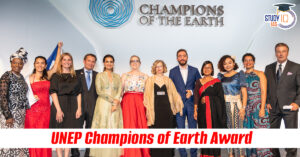 UNEP Champions of the Earth Award: UN's ...
UNEP Champions of the Earth Award: UN's ...
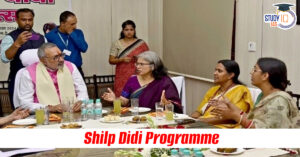 Shilp Didi Programme: Empowering Women A...
Shilp Didi Programme: Empowering Women A...
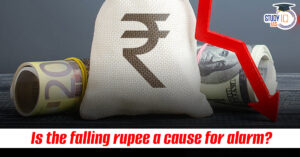 Is the Falling Rupee a Cause for Alarm?
Is the Falling Rupee a Cause for Alarm?













